6 Xeriscaping Ideas for Colorado
BY ANDRÉA BUTLER | MAY 27TH, 2023 | COLORADO, LAWN CAREWhen you hear the words “thirst trap,” the first thing you think of is an outdoor space filled with high-maintenance turfgrass and water-guzzling non-native plants. Avoid these pitfalls on your own property by pivoting to a more sustainable, low-maintenance, drought-tolerant landscape. Here, we’ll help you get started with six xeriscaping ideas for your Colorado yard.
In this article, we’ll cover:
- What is Xeriscaping?
- Invest in Native Plants
- Cut Back on Turfgrass
- Go All-In with Groundcovers
- Extend Your Outdoor Living Space
- Opt for a Rock Garden
- Save Water with Proper Irrigation
But First, What is Xeriscaping?
Coined right here in the Buffalo Plains State by Denver Water back in 1981, “xeriscaping” is a fancy way of saying “dry landscaping.” Contrary to popular belief, though, a xeriscaped yard can be so much more than just rocks, sand, and cacti — there’s a wealth of drought-tolerant flowers, shrubs, trees, and grasses you can also use.
Before converting your current landscape design into a sustainable xeriscape, familiarize yourself with the seven principles of xeriscaping:
- Implement low-water landscape planning and design.
- Improve soil as needed.
- Irrigate the landscape effectively.
- Designate plant zones.
- Protect plant roots with mulch.
- Install a turf alternative.
- Maintain your new xeriscape.
1. Invest in Native Plants
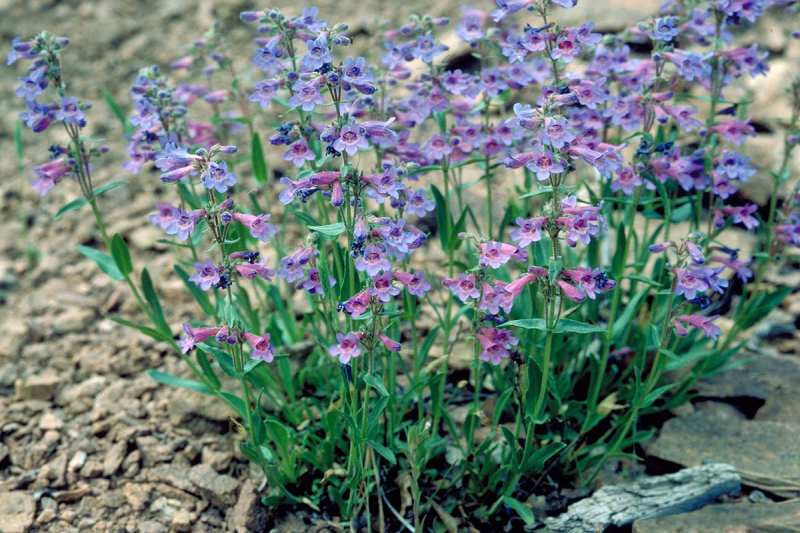
Photo Credit: Dave Powell, USDA FS, bugwood.org / Wikimedia Commons / CC BY 3.0
Not only do indigenous plants help control erosion, reduce pesticide usage, and provide food and shelter to wildlife and pollinators, but native species also come adapted to local soil and weather conditions, which contributes to their natural ability to conserve water, requiring less of it due to their deep roots.
As Colorado is known to have a semi-arid climate, choosing to fill your front yard and backyard with water-wise greenery is the perfect way to sustain a low-maintenance, eco-friendly landscape without sacrificing curb appeal.
Check out some of the top native plants for Colorado xeriscapes:
- Snakeweed (gutierrezia sarothrae)
- King’s crown cactus (echinocereus triglochidiatus)
- Blue mist penstemon (penstemon virens)
- Narcissus anemone (anemone narcissiflora)
- Rocky Mountain bee plant (cleomella serrulata)
Advantages of native plants:
- Use less water
- Noninvasive
- Require less fertilization
- Provides distinctly local beauty
- Restores biodiversity
Other (non-native) drought-resistant plants include:
- Russian sage (perovskia atriplicifolia)
- white dalmatian iris (iris pallida)
- red valerian (centranthus ruber)
- bluebeard (caryopteris x clandonensis)
- goblin blanket flower (gaillardia x grandiflora)
2. Cut Back on Turfgrass
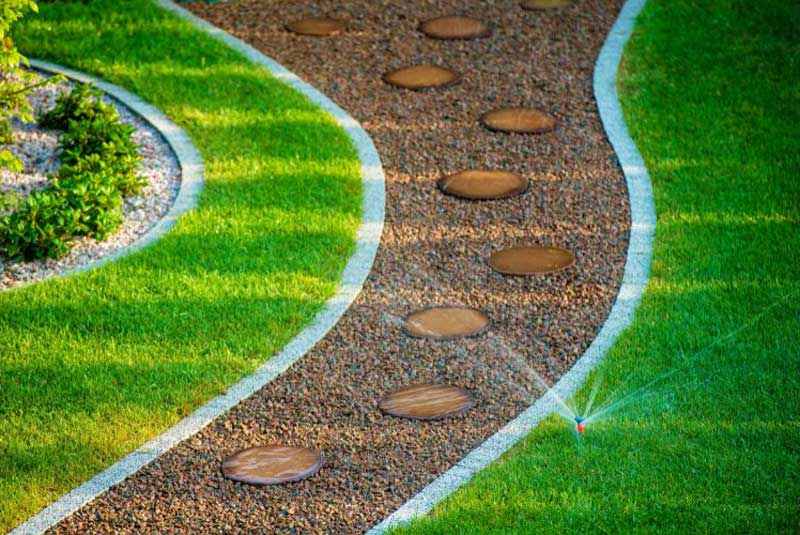
Photo Credit: welcomia / Canva Pro / License
Attached to the look and feel of the lawn you’ve worked so hard to perfect? No worries; you don’t have to eliminate it completely in order to embrace a revamped, xeriscaped front yard. Instead, shrink the size of your turfgrass allotment to reduce water needs and mowing time.
In the empty space that remains, consider adding texture and variety with garden beds and mulched areas surrounding accent plants, ornamental grasses, or decorative statuary. Or, if you want to think bigger, go ahead and replace what remains of your traditional, high-maintenance, water-loving Kentucky bluegrass with a native selection like blue gramma or buffalograss.
A few other examples of Colorado native grasses include:
- Western wheatgrass (pascopyrum smithii)
- Sand lovegrass (eragrostis trichodes)
- Prairie junegrass (koeleria macrantha)
- Big bluestem (andropogon gerardii)
- Arizona fescue (festuca arizonica)
Advantages of cutting back on turfgrass:
- creates low-water landscape
- smaller area to mow
- low-maintenance
- Colorado will pay to remove turfgrass
3. Go All-In with Groundcovers
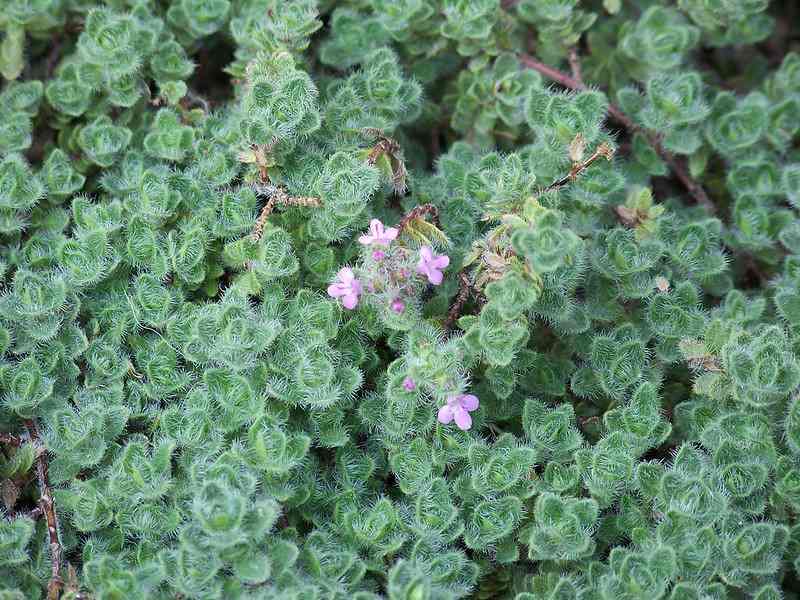
Photo Credit: Patrick Standish / Flickr / CC BY 2.0
Another sustainable turfgrass replacement, xeric groundcovers will transform your property from low-mow to no-mow. Drought-tolerant and easy to care for, these low-growing plant selections work especially well on hard-to-mow sloped land. Homeowners can employ a set it and forget it watering routine by installing a drip irrigation system that will send water to roots in small amounts.
Try these choice groundcovers for your Colorado landscape:
- Turkish veronica (veronica liwanensis)
- Wine cups (callirhoe involucrata)
- Blue chip creeping juniper (juniperus horizonalis)
- Prairie zinnia (zinnia grandiflora)
- Woolly thyme (thymus pseudolanuginosus)
Advantages of groundcovers:
- Conserve water
- Help prevent erosion
- Weed control
- Low-maintenance
- Grow well on slopes
4. Extend Your Outdoor Living Space
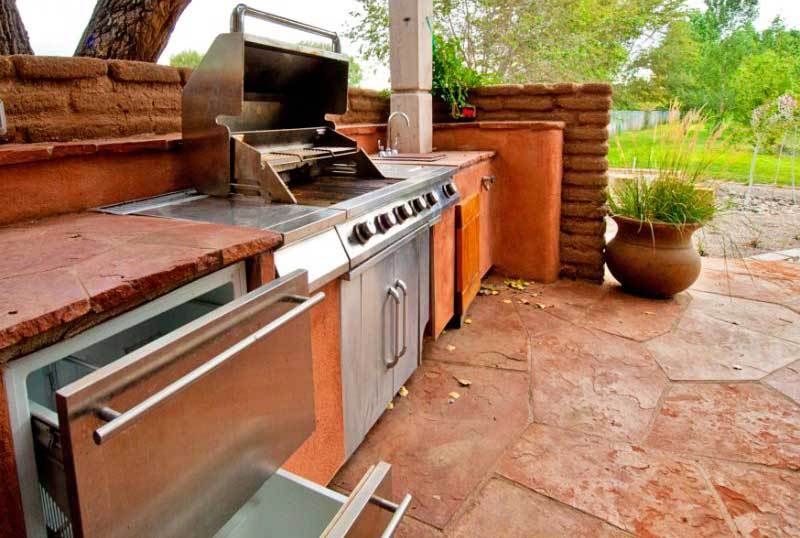
Photo Credit: ivanastar / Canva Pro / License
In The Centennial State, sunshine is plentiful, temperatures are milder, and overall, precipitation is occasional — making the environment optimal for living it up outdoors. But even when you can’t make a trip to kayak down the South Platte River in Denver, hike in Montrose’s Black Canyon National Park, or explore the Garden of the Gods, you can still take in Colorful Colorado’s unparalleled scenery from the comfort of your own outdoor oasis.
Another water conservation method, hardscaping can transform your backyard into an entertainment mecca. To add to your existing patio, start with a simple DIY project like building a fire pit or laying a walkway. Suitable for a smaller outdoor space, fire pits add immediate ambiance by brightening things up and adding warmth on a chilly night. A brick paver walkway can also make your xeriscape pop with color and texture. Run it through the middle of your new landscape design, bordering it with succulents, trees, shrubs, and native perennials.
Other hardscape ideas:
- outdoor kitchen
- stepping stones
- statuary
- pond water feature
- pergolas
Advantages of hardscapes:
- increased water savings
- improved property value
- low-maintenance
- reduces erosion
- designates different outdoor living “rooms”
5. Opt for a Rock Garden
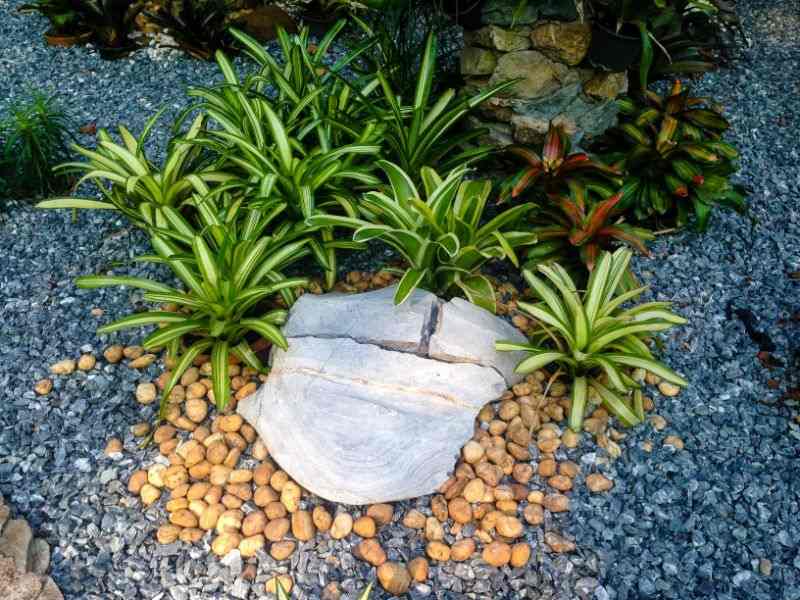
Photo Credit: LookTarn / Canva Pro / License
While Colorado’s low precipitation levels make it easy to enjoy the outdoors uninterrupted, on the flip side, the lack of rain means homeowners must rely on supplemental water — 50% of potable water, in fact — to keep lawns lush and gardens in bloom. Switching from traditional grass and flower beds to xeriscape-approved rock gardens can vastly improve water savings.
Well-suited for sloped land, rock gardens can also act as hardscape borders. When creating your rock garden, stick to the same type of rock throughout — native granite is a popular pick. Varying rock shape and size can help create contrast and visual interest. Rock gardens don’t have to include plants, but doing so will boost the aesthetic appeal even more. Make sure the soil is well-drained and opt for diverse flowers, shrubs, succulents and groundcovers.
A few recommended rock garden plants are:
- carpet bugle (ajuga reptans)
- mountain alyssum (alyssum montanum)
- Serbian bellflower (campanula poscharskyana)
- purple ice plant (delosperma cooperi)
- candytuft (iberis sempervirens)
Advantages of rock gardens:
- low water needs
- boosts curb appeal
- low-maintenance
- withstands all weather conditions
- provides year-round interest
6. Save Water with Proper Irrigation
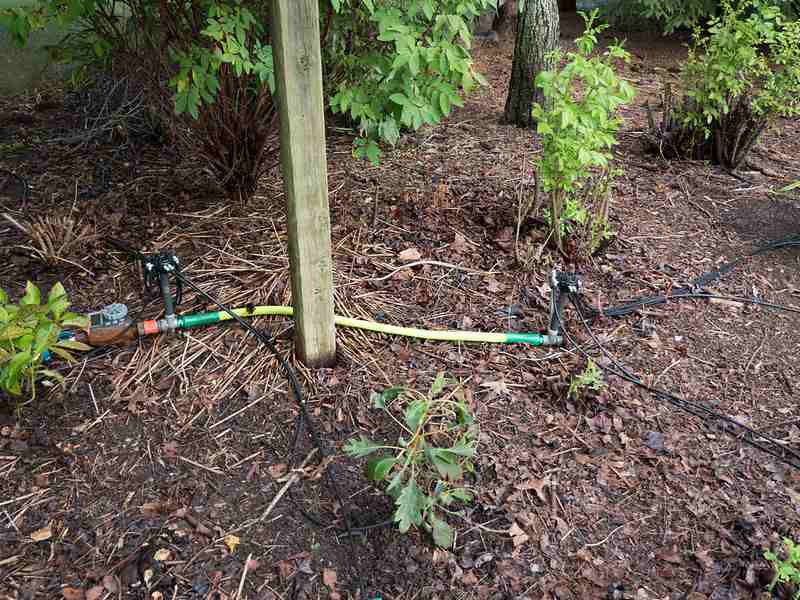
Photo Credit: F. D. Richards / Flickr / CC BY-SA 2.0
A staple of water-wise landscaping, drip irrigation provides hydration to plants a little at a time. More effective than sprinkler systems (according to the Colorado State University extension, sprinklers are 50% to 70% efficient, while drip irrigation is more than 90% efficient), drip irrigation works via a system of plastic tubes that gradually deliver small amounts of water to plants.
Installation can be DIY, or to ensure everything is done properly, homeowners can hire a local landscaping pro to do the job. Get the most of this irrigation system by grouping plants according to their water needs.
Advantages of drip irrigation:
- conserves water
- reduces runoff/erosion/evaporation
- can be automated
- prevents water damage to structures/hardscapes because it stays in-ground
FAQ About Xeriscaping in Colorado
Advantages of xeriscaping include:
• Reduced water usage
• Low-maintenance yard work
• Prioritizes native plants
• Decreases need for fertilization/pesticides
Yes! In fact, in 2021, Colorado passed House Bill 21-1229, which forbids homeowners’ associations from barring xeriscapes and artificial turfgrass, among other sustainable solutions.
In Colorado, the best time to xeriscape tends to be during the fall months. Experts reason this is because plants are dormant this time of year, giving them several months to establish deep roots in preparation for warmer weather and potential drought conditions come spring and summer. Another reason experts give? Autumn isn’t the busy season for landscaping and buying plants, meaning prices may be cheaper and landscapers may be more available for help.
Professional Colorado Landscape Maintenance
In the beginning, your newly xeriscaped yard may take a lot of effort — from removing turfgrass to replacing non-native plants in beds and borders with native ones to installing new hardscaping. If you thrive on outdoor work and can’t wait to get your hands dirty, a DIY xeriscape job may be the budget-friendly option for you.
If, as part of your xeriscape plans you decide to maintain a small patch of grass for your kids and pets to play on, be sure it’s on flat land that is easy to irrigate and mow. Of course, you don’t have to mow the grass yourself, just use WikiLawn to locate and hire a lawn care expert near you to do that for you. WikiLawn can connect you with pros in Aurora, Colorado Springs, and many other cities across the state.
Main Photo Credit: The Xeriscape Demonstration Garden in Denver, Colorado / Jeffrey Beall / Wikimedia Commons / CC BY 3.0